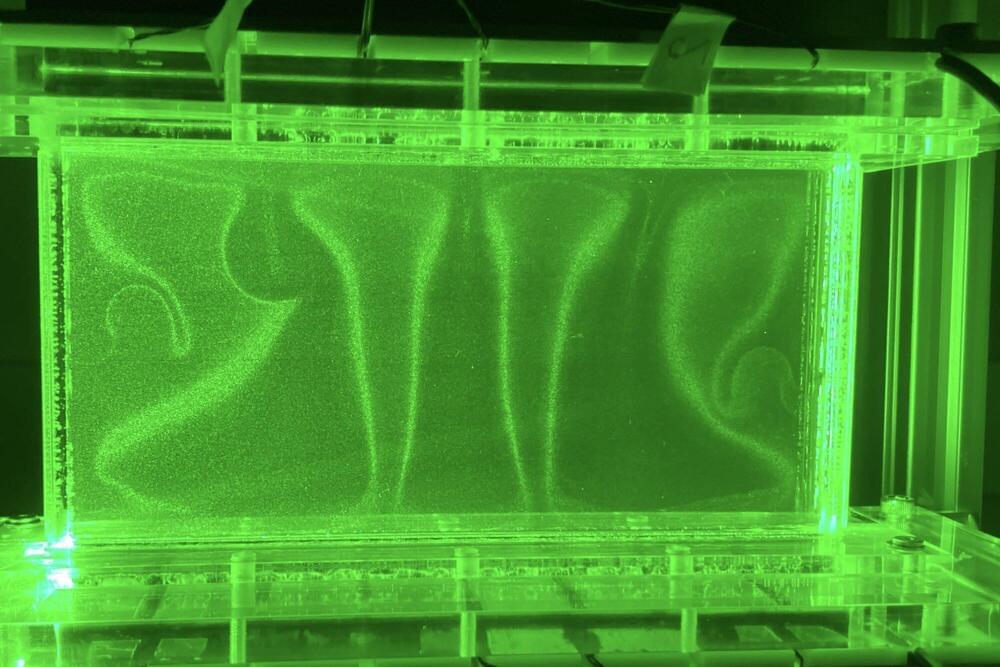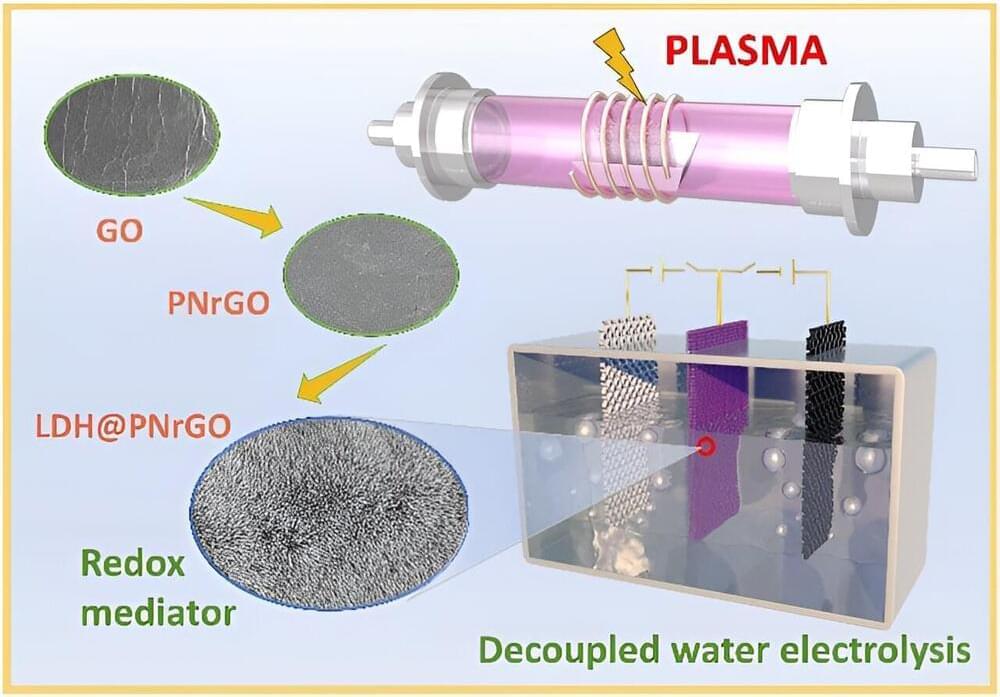We’re expanding access to Meta AI – the assistant in our apps and devices – and introducing new features to help you with answers, ideas and inspiration. Meta AI is now available in 22 countries, with the newest today in Argentina, Chile, Colombia, Ecuador, Mexico, Peru and Cameroon. You can also interact with Meta AI across WhatsApp, Instagram, Messenger and Facebook in new languages: Hindi Hindi-Romanised Script, French, German, Italian, Portuguese and Spanish with more to come.
With Meta AI across WhatsApp, Instagram, Messenger, Facebook and meta.ai, people are tapping into the power of AI to get more done in less time, bring creative ideas to life and expand their knowledge. From tackling how-to tasks and answering questions to providing inspiration and guidance, Meta AI has enhanced people’s daily routines and been a creative partner to lean on. This is just the start — we’re listening to your feedback, updating Meta AI every two weeks to enhance your experience and innovating quickly to bring new features to help you create, get inspired and get more done.









